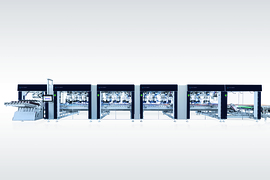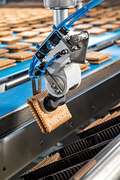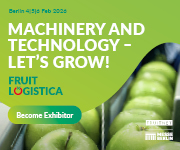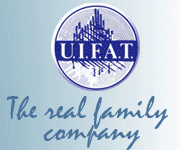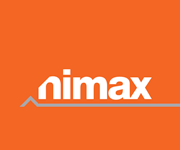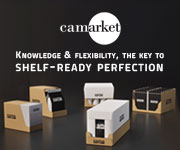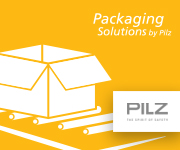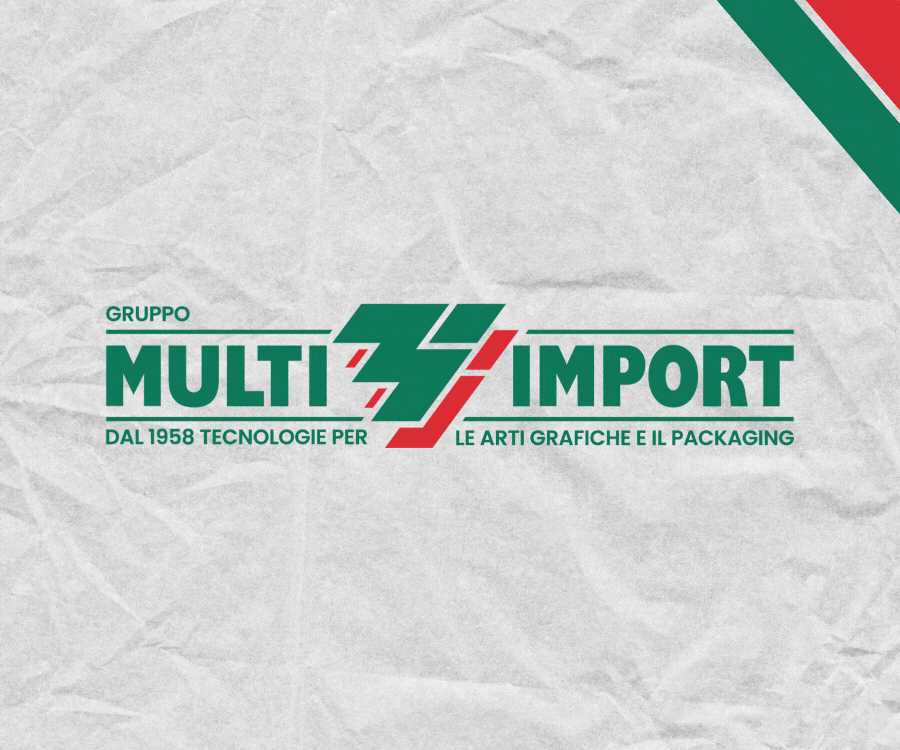Schubert, a TLM packaging line for Bahlsen
Bahlsen’s new “Keks’n Cream” creation delivers a lot of taste in the layers of its filled double biscuits. To enable the pastry manufacturer to pack the sensitive products safely, quickly and attractively, a total of 24 pick & place robots had to be accommodated in a machine area of less than ten metres. A customised TLM machine from Gerhard Schubert masters these challenges.
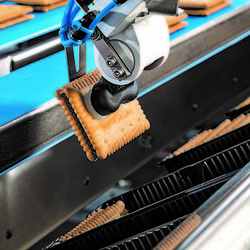
When baking and packaging, Bahlsen, the more the 130-year-old family company, expects smooth processes. This was recently the case with the packaging line for the new “Keks’n Cream” product line. It is manufactured and packed at the Bahlsen plant in Skawina near Krakow, Poland.
The filled double biscuits from the new product line are placed vertically in a tray, which is packed in a resealable shell. This allows them to remain fresh and crunchy even after the packaging has been opened. For small moments of indulgence, the biscuits are also sold individually packaged. For the most part, the German market is supplied from this location. In order to meet the high demand, Bahlsen invested in a new TLM picker line at its Polish site in Skawina.
Individually planned and compactly built
The requirements with which the manufacturer approached Gerhard Schubert GmbH, the market leader in top-loading packaging machines, initially sounded like a standard inquiry. But the hall intended for packaging the new product range represented an additional challenge: A freestanding building support post stood in the way of the packaging line, requiring a specially adapted yet compact, high-performance system.
“Since the post could not be removed, we simply integrated it into the somewhat extended system,” reports Sales Account Manager Michael Voelskow. “It was especially important for Bahlsen to be able to run other tray sizes in the future as well. Furthermore, low maintenance and low spare parts costs had to be ensured,” adds Michael Voelskow.
The Schubert concept made an impression, and the contract for design, delivery and installation was awarded in 2018. The experts at Schubert developed a line that is ideally adapted to the specific conditions, yet still impresses with its extremely compact dimensions. The new packaging line runs at a slightly lower cycle output rate in order to reduce wear and maintenance requirements. However, there was still room for the output to be increased without taking the robots to their performance limit.
24 robots in the smallest of spaces
At the head of the packaging line, the plastic trays are taken from the magazines and fed into the machine on both sides, so that the product placement into the trays can also run on both sides of the line. A total of 24 pick & place robots work in four TLM frames. Arranged in pairs, they pick up the biscuits and place them into the trays passing by in the opposite direction. After filling, the trays are rotated by 90 degrees so that they can be discharged lengthwise from the picker line to the subsequent flow-wrapping machine.
On one side of the new TLM system, there is also a single storage belt. At the push of a button, individual placement of the biscuits on this grouping belt for flow-wrap bag packing without plastic trays can be activated. This works without having to stop the system. The individual discharging and the placing into trays then run in parallel, i.e. simultaneously on both the left and righthand side of the machine. If more products are to be conveyed to the individual deposit belt, up to twelve robots will be able to perform this task in the future. Up until now, three of the 24 pick & place robots had been responsible for taking over the individual placement if required.
3D scanner for quality control
In the picker line, four 3D scanners ensure that only intact biscuits are detected and enter the packaging. Products containing no filling or less than the specified amount of filling, as well as those not clearly bearing the Leibniz lettering, are rejected. This ensures that only flawless products get into the packages. The TLM system was delivered in January 2019 and put into operation in February. Richard Tomczyk, who was responsible for the project as an investment manager at Bahlsen, reports: “In April, the machine was already running at a level of efficiency that had not been planned until December 2019”.
Read the article on Rassegna dell’Imballaggio International Issue
Gallery


